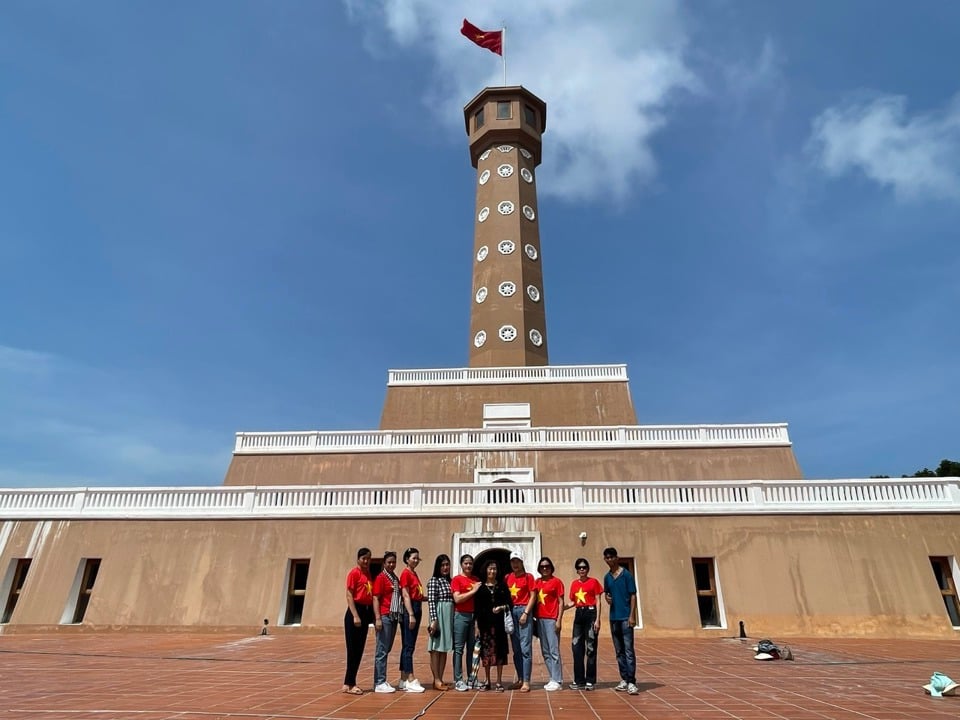
As a famous destination with typical geography, culture, scenic spots and eco-tourism of the whole country, Mui Ca Mau National Park is also a sacred and beloved place in the hearts of every Vietnamese person, a place everyone wants to visit once.
Ca Mau Cape National Park - World Biosphere Reserve, an interesting destination in the land of nine dragons
Mui Ca Mau National Park was established in 2003 when Dat Mui Nature Reserve was converted into a National Park in the system of special-use forests of Vietnam. This is the largest primeval mangrove forest in our country, bordering the East Sea and the West Sea, so it is affected by both tidal regimes: semi-diurnal tides of the East Sea and diurnal tides of the West Sea. This is the breeding ground of many aquatic species of high economic value and a stopover for many migratory waterbirds during winter.
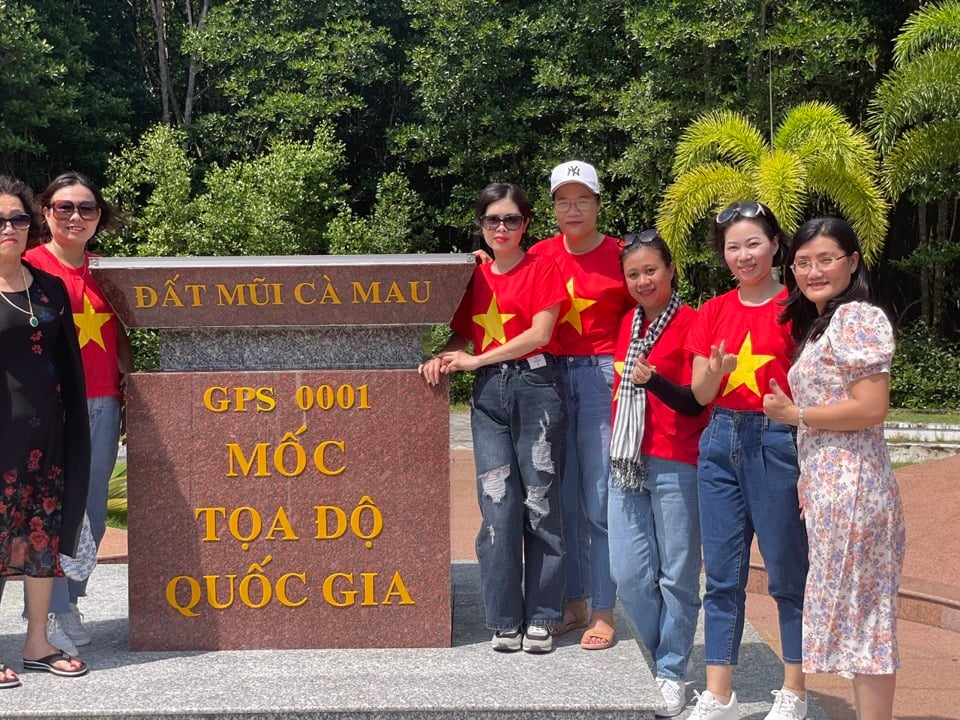
Mui Ca Mau National Park covers an area of approximately 41,862 hectares. Of which, approximately 15,262 hectares is the mainland area, the remaining 26,600 hectares is the coastal area in contact with the mainland. The park is divided into 4 main sub-zones: strictly protected sub-zone (12,203 hectares), ecological restoration sub-zone (2,859 hectares), administrative - service sub-zone (200 hectares), marine conservation sub-zone (26,600 hectares).
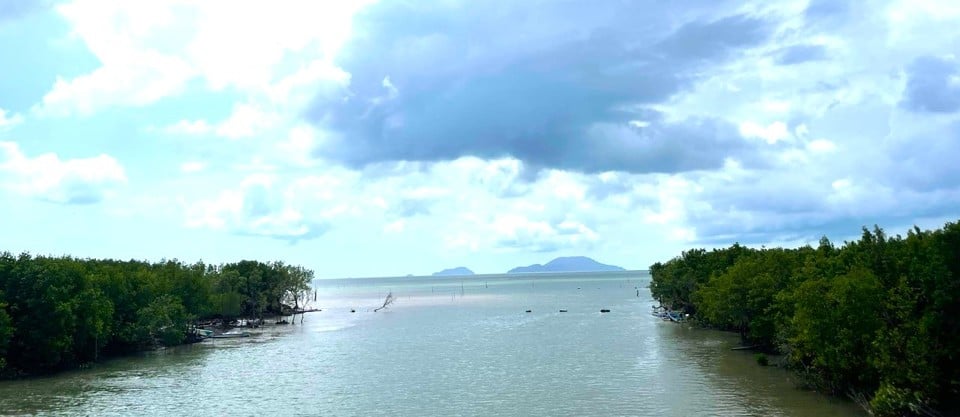
Currently, Mui Ca Mau National Park has a very rich and diverse flora and fauna, with about 28 to 32 species of mangrove trees; about 26 species of mammals, 93 species of birds, 43 species of reptiles, 139 different species of fish, with 9 species of amphibians, 49 species of plankton, and many other rare species... Among them, there are two species listed in the world's red book: the long-tailed macaque (Macaca fascicularis), the silvered langur (Trachypithecus cristatus) and four species listed in the Vietnam red book.
On May 26, 2009, Mui Ca Mau National Park (Ngoc Hien District) and U Minh Ha National Park (U Minh District) in Ca Mau Province were included in the list of World Biosphere Reserves by UNESCO. On April 13, 2013, the Secretariat of the World Ramsar Convention recognized Mui Ca Mau National Park as the 2,088th Ramsar site in the world.
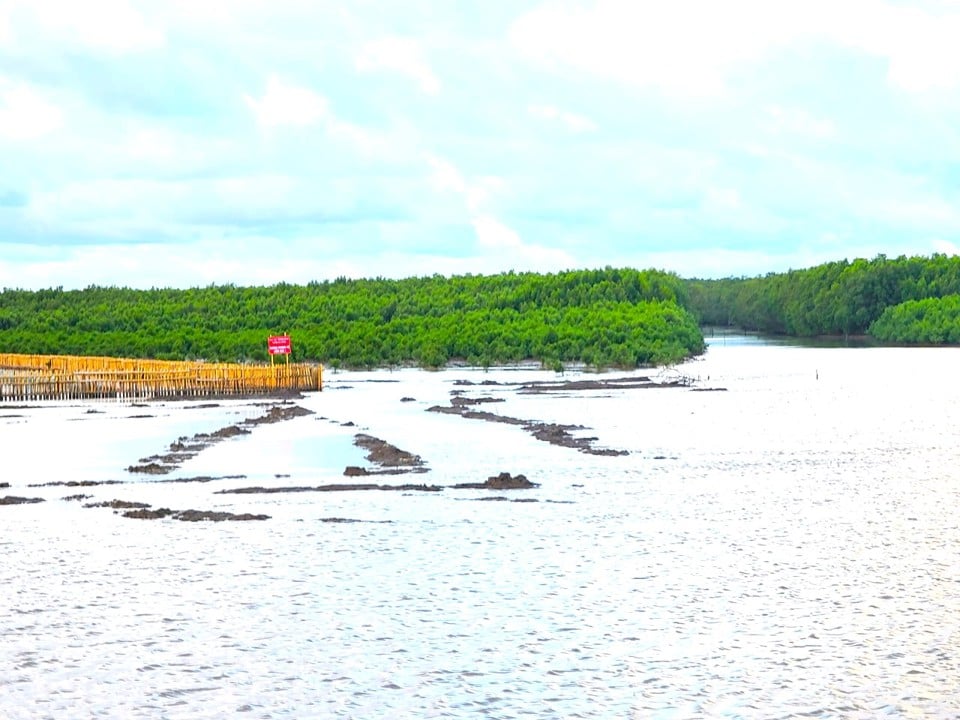
The strip of land jutting out into the sea in the shape of a boat’s bow, called Dat Mui, is where you can watch the sunrise in the East Sea in the morning and also see the sunset in the West Sea. The best place to see this scene is the long, winding breakwater that surrounds the mangrove forest and the land inside Dat Mui, or right at the stopping points on the alluvial plain (where the mainland is expanding).
According to the elders here, Ca Mau Cape advances hundreds of meters into the sea every year without human intervention. The plant ecosystem here has two main types: mangrove and agarwood, which live together and support each other. The agarwood gradually moves toward the sea, surviving by stretching its roots to catch alluvium to survive, but the agarwood roots also act as a "breakwater" to protect the fallen mangrove fruits that grow in the ground. The large, sturdy mangrove trees stretch out their long, hard roots, protecting the agarwood, accumulating alluvium to nourish the young mangrove trees that gradually grow.
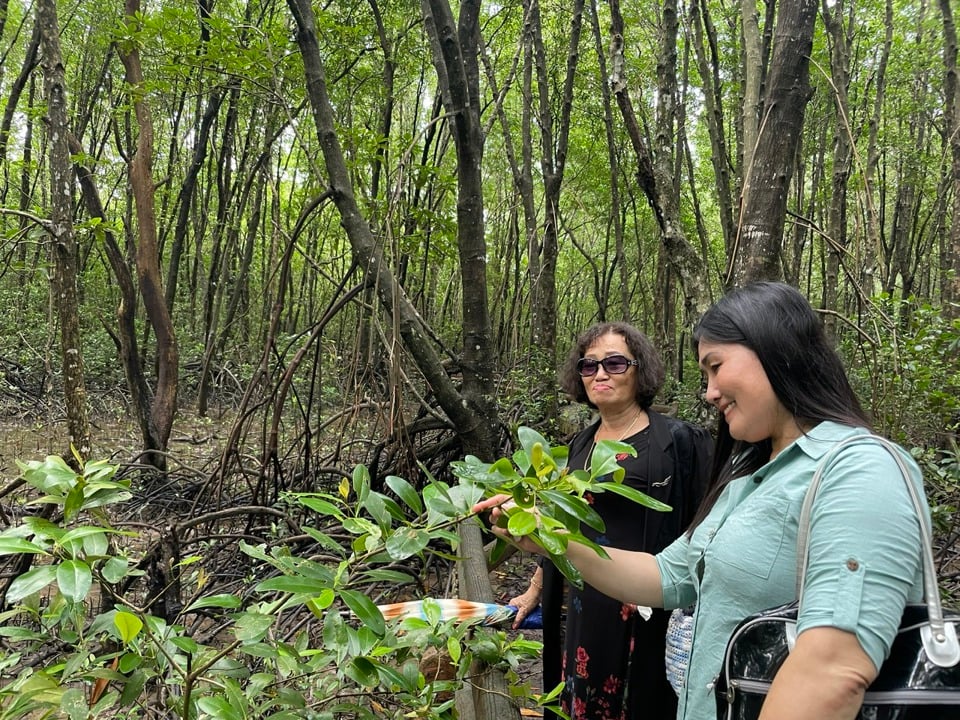
That symbiotic life has brought Ca Mau Cape and the Fatherland to the sea for hundreds of years, carrying the proud appearance of the Vietnamese people on the path of opening up the land, as the poet Xuan Dieu said:
“…. Our Fatherland is like a ship.
That is the bow of our boat, Cape Ca Mau…”
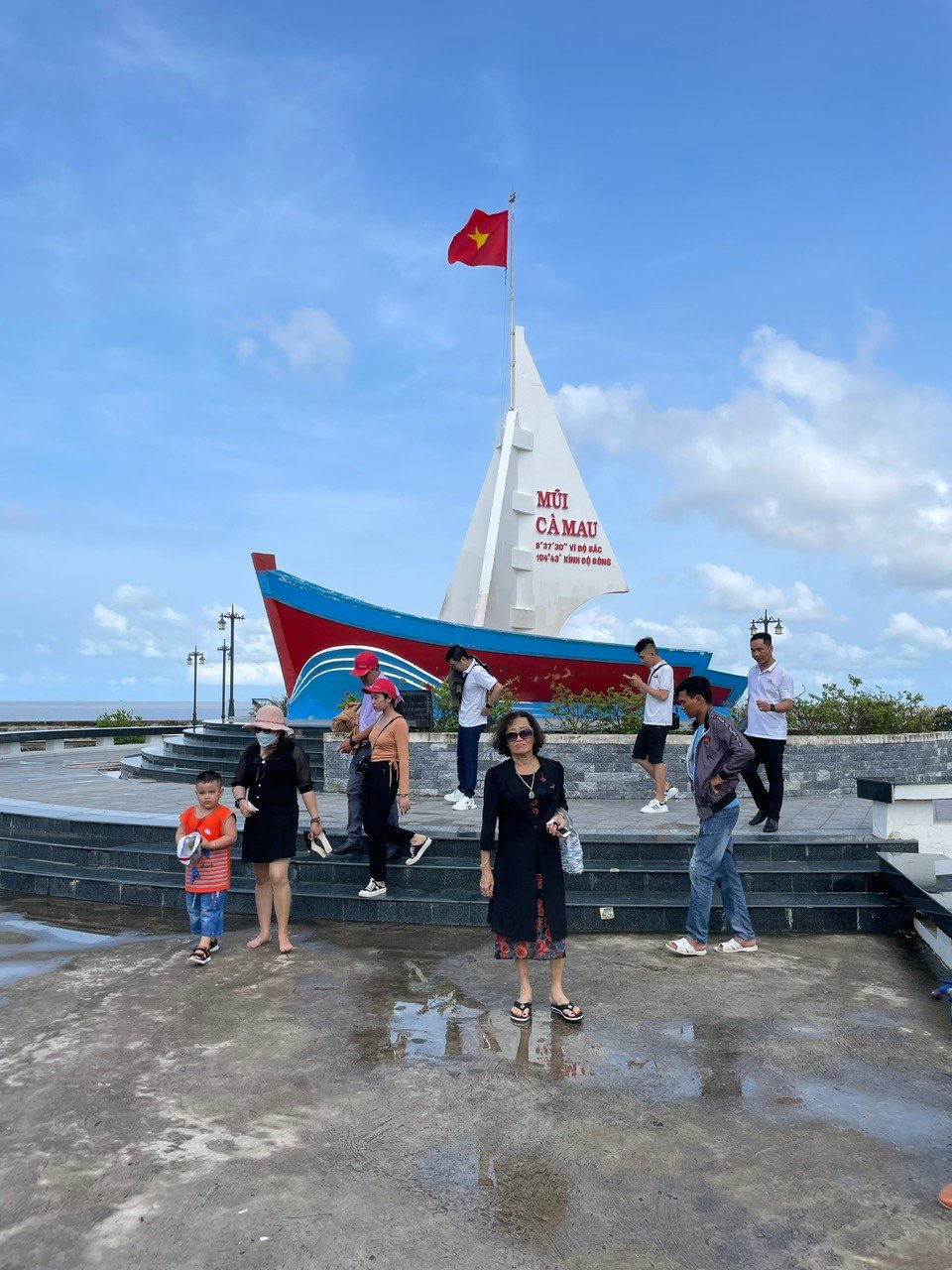
As the first rays of dawn gradually appear with red light illuminating the entire sky, the mangrove forests here also gradually awaken. The immense green of mangroves, of mangroves, of sparkling alluvial land blends with the blue of the sea, captivating visitors.
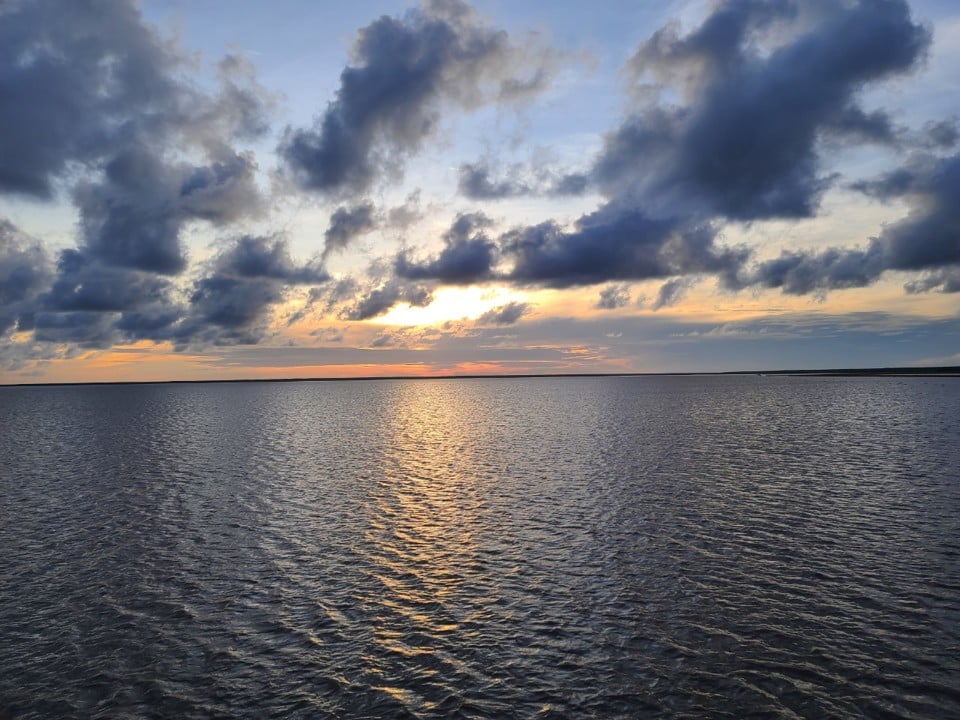
When the afternoon comes, the sunset brings along colorful clouds, making the scenery of Ca Mau Cape more lyrical and romantic. The image of the majestic and peaceful Fatherland appears every day in Ca Mau Cape.
The mark of Ca Mau Cape - when the country's territory gradually expanded towards the sea
Coming to Ca Mau Cape, visitors can visit and take souvenir photos at the typical symbols of the Cape such as GPS coordinate marker 0001, miniature landscape (image of a ship), visit the breakwater, snail symbol, mudskipper, forest village bridge, milestone of the end of the Ho Chi Minh trail, Lac Long Quan Temple, Mother Au Co Statue, ...
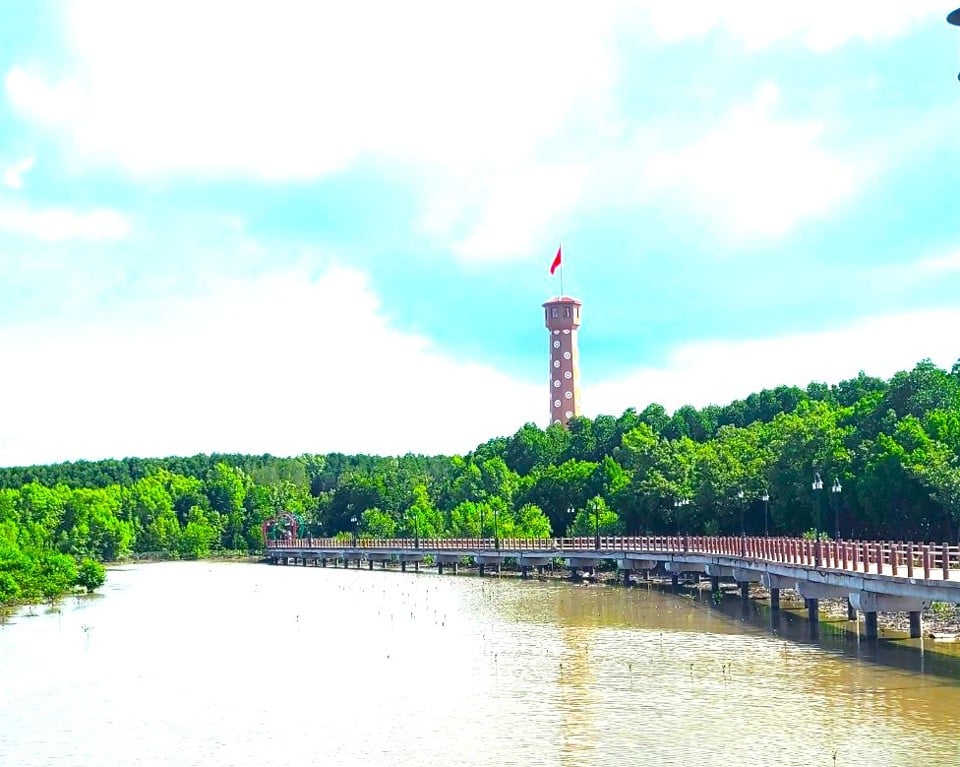
In particular, there is also the Hanoi Flag Tower at Ca Mau Cape, which was donated to the province by the Party Committee and people of Hanoi Capital, and was inaugurated in 2019. Visitors can walk up to the upper floors of the Hanoi Flag Tower to see the panoramic view of Ca Mau mangrove forest, the vast East Sea, and the Hon Khoai island cluster looming in the distance. The forest and sea blend together to create a beautiful, poetic scene that is rarely found anywhere else.
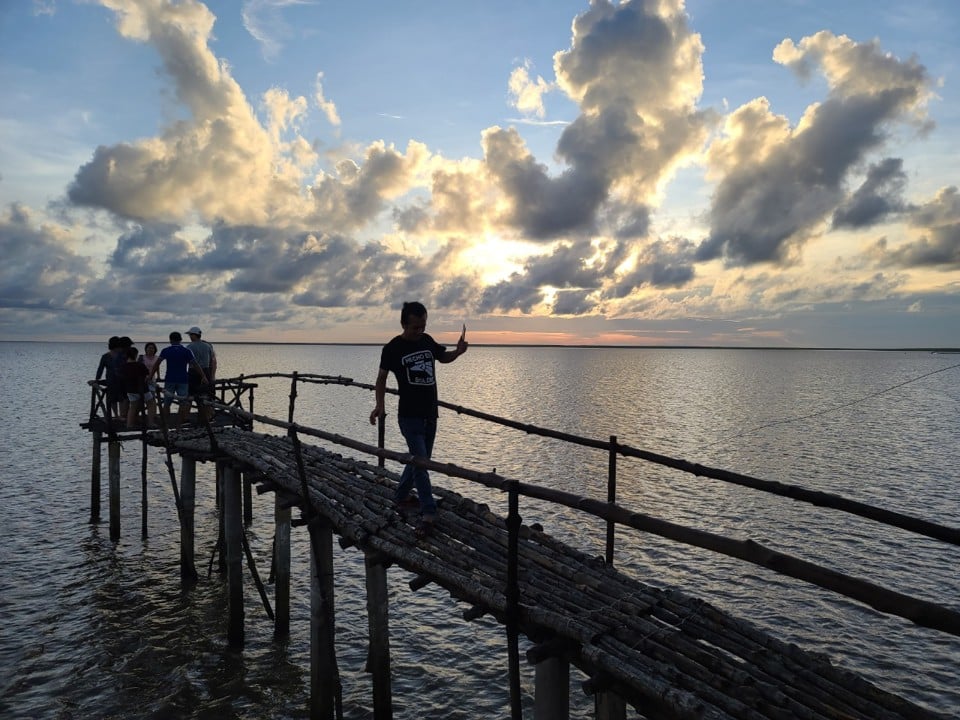
Tourists coming here will be able to experience the route through the forest, down the boat or canoe on Lach Vam canal to see the oyster cages close together on the river surface and have the opportunity to learn about seafood farming. Explore the mangrove ecosystem, learn about the creatures under the forest canopy. Go to the ideal stop to watch flocks of migratory birds. Or take a look at the alluvial land gradually advancing to the sea.
According to travel agencies, Ca Mau Cape is always the choice of tourists in many tours, especially domestic tourists. The reason is that many people want to visit the last land of Vietnam, to witness with their own eyes the wonders of nature as the country's territory gradually expands towards the sea.
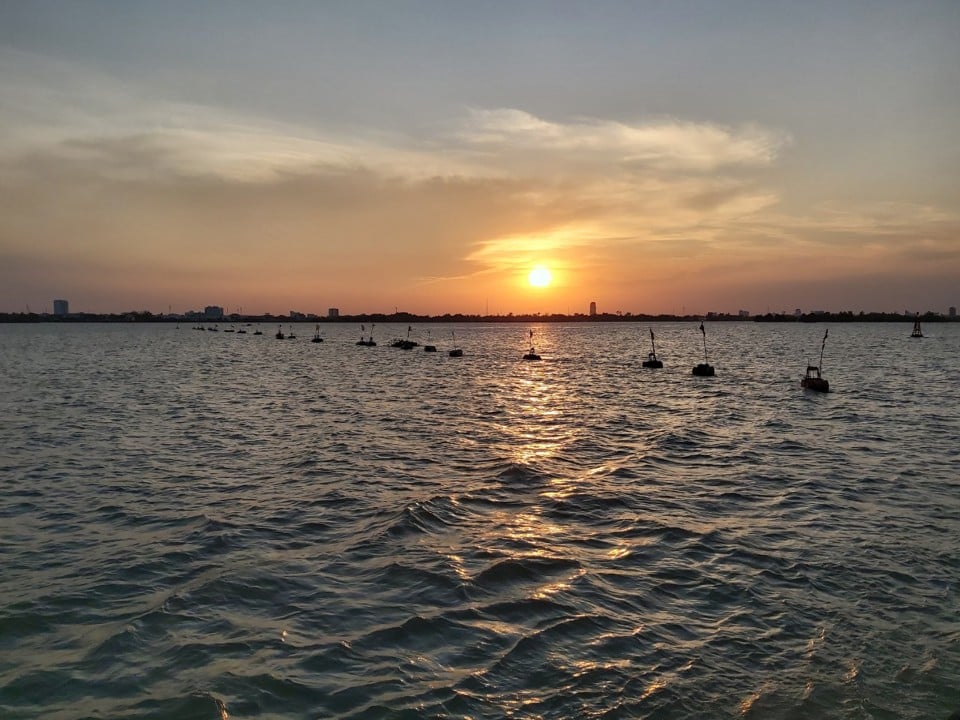
Ms. Vo Ly Mai Phuong, a tourist from Binh Thanh District, Ho Chi Minh City, said that when coming to Ca Mau Cape, in addition to admiring the diverse and fascinating mangrove ecosystem, you can also see the vastness of our Fatherland. "If you watch the sunrise and sunset at an alluvial site, you will see the vastness of our country. But what's more interesting is that if you come back a year later, that spot may have been filled with alluvium to form land." - Ms. Vo Ly Mai Phuong said.
“But the most convenient is to visit many linked points in the same trip. When visiting Ha Tien, Phu Quoc and then returning to Rach Gia, going straight to Ca Mau Cape, returning to Ca Mau City and then to Bac Lieu City for sightseeing, then returning to Soc Trang. Therefore, Dat Mui is an indispensable point in that chain” – Ms. Phuong added.
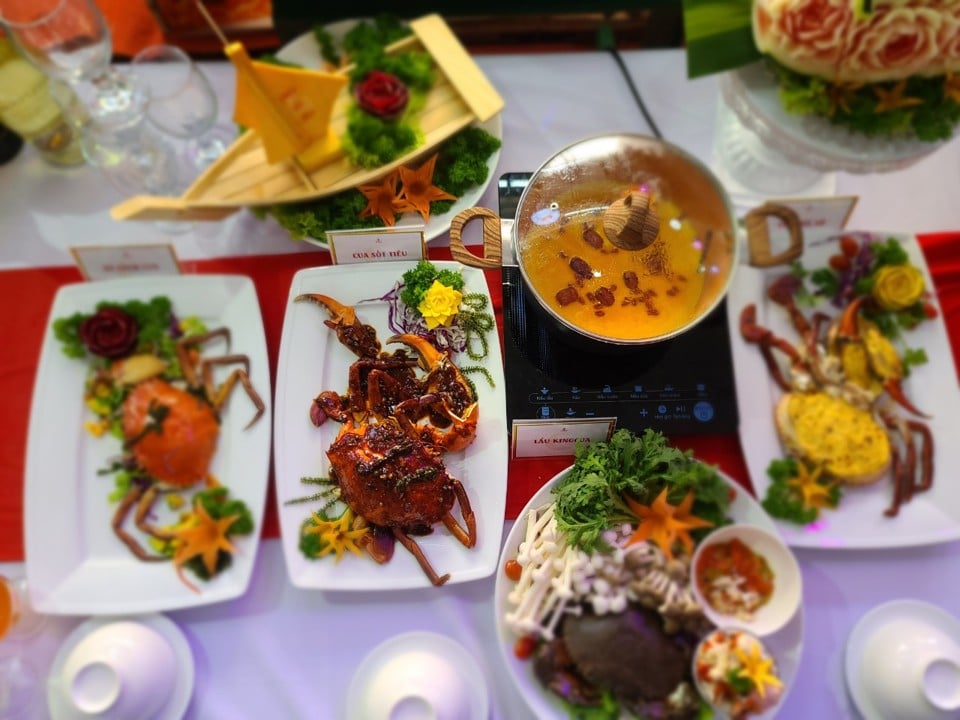
Speaking to reporters of the Economic and Urban Newspaper, Mr. Tran Hieu Hung, Director of the Department of Culture, Sports and Tourism of Ca Mau province, said that Ca Mau Cape National Park is an important point in the chain - tourist route in Ca Mau in particular and the whole region in general. If the tourism region is well organized, Ca Mau Cape will be an indispensable link to promote regional tourism. Most recently, in just 5 days of the Lunar New Year 2024, 103,368 (307 international visitors) visited tourist areas, sites, relics and stayed in Ca Mau province, an increase of 17% over the same period. Of which, more than 50% came to Ca Mau Cape.
“To promote the advantages of Dat Mui's prime tourism location, the province is implementing many in-depth policies and solutions. Accordingly, it focuses on investing in upgrading and building new eco-tourism tours; promoting regional linkages in tourism exploitation and development, especially the linkage and cooperation program for tourism development between Ca Mau and Ho Chi Minh City and the Mekong Delta provinces; creating favorable conditions to connect travel agencies and tourism service enterprises between localities” – Mr. Tran Hieu Hung strongly advised.
On March 29, 2024, in Can Tho City, Kinh te & Do thi Newspaper in collaboration with the Mekong Delta Tourism Association and the Department of Culture, Sports and Tourism of Can Tho City co-organized the Workshop "Building and developing tours, routes and unique tourism products in the Mekong Delta".
The workshop was attended by the Department of Culture, Sports and Tourism of 13 provinces of the Mekong Delta, along with many researchers, scientists and tourism businesses to assess the potential, location and advantages of tourism in the Mekong Delta provinces. From there, find solutions, overcome weaknesses, and develop Mekong Delta tourism effectively and sustainably. In addition, discuss solutions to promote Mekong Delta tourism to domestic and foreign tourists.
Source


![[Photo] President Luong Cuong receives Lao Prime Minister Sonexay Siphandone](https://vstatic.vietnam.vn/vietnam/resource/IMAGE/2025/4/17/337e313bae4b4961890fdf834d3fcdd5)
![[Photo] Warm meeting between the two First Ladies of the Prime Ministers of Vietnam and Ethiopia with visually impaired students of Nguyen Dinh Chieu School](https://vstatic.vietnam.vn/vietnam/resource/IMAGE/2025/4/17/b1a43ba73eb94fea89034e458154f7ae)
![[Photo] President Luong Cuong receives Kenyan Defense Minister Soipan Tuya](https://vstatic.vietnam.vn/vietnam/resource/IMAGE/2025/4/17/0e7a5185e8144d73af91e67e03567f41)
![[Photo] Prime Minister Pham Minh Chinh and Ethiopian Prime Minister visit Tran Quoc Pagoda](https://vstatic.vietnam.vn/vietnam/resource/IMAGE/2025/4/17/18ba6e1e73f94a618f5b5e9c1bd364a8)
![[Photo] President Luong Cuong receives UN Deputy Secretary General Amina J.Mohammed](https://vstatic.vietnam.vn/vietnam/resource/IMAGE/2025/4/17/72781800ee294eeb8df59db53e80159f)
![[Photo] Hundred-year-old pine trees – an attractive destination for tourists in Gia Lai](https://vstatic.vietnam.vn/vietnam/resource/IMAGE/2025/4/17/25a0b7b629294f3f89350e263863d6a3)


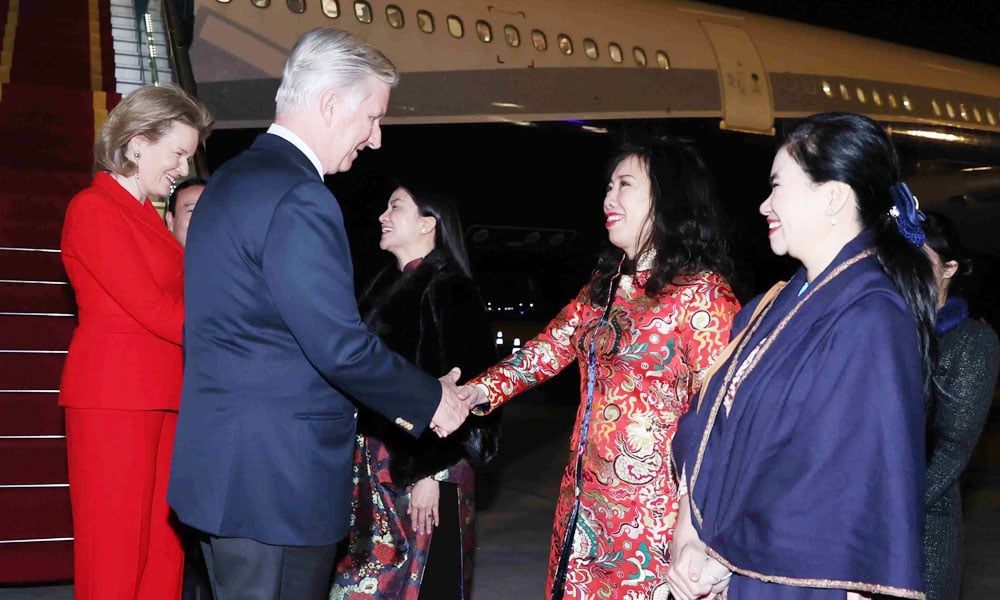

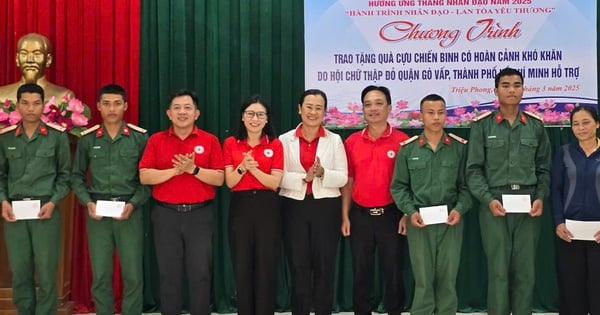





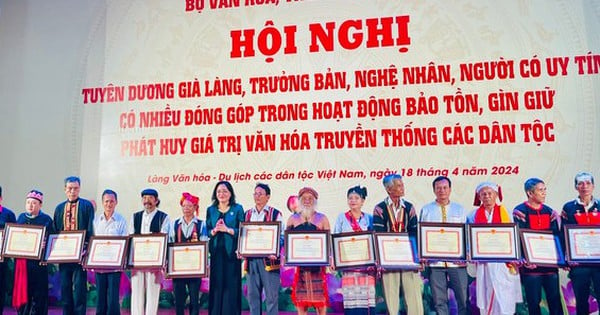
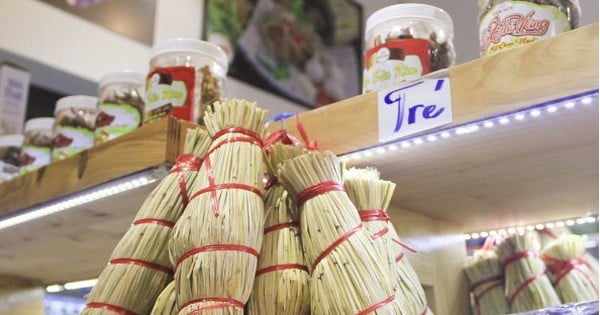
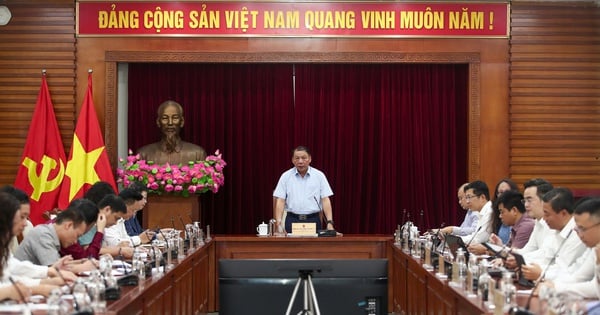
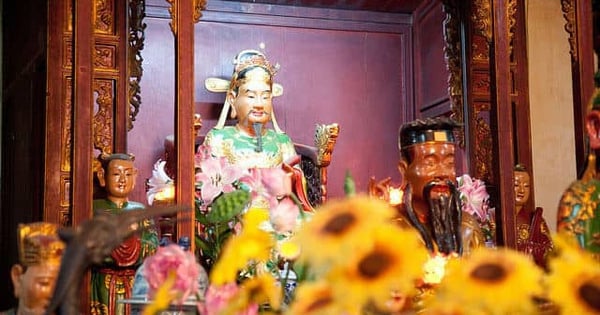

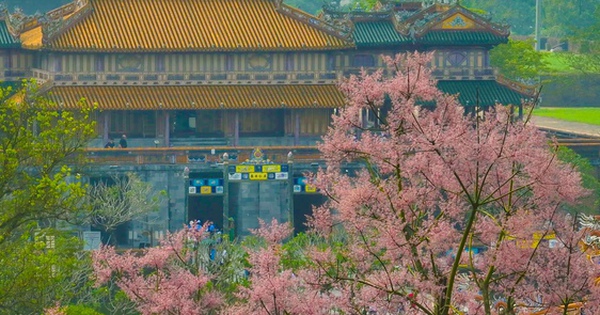




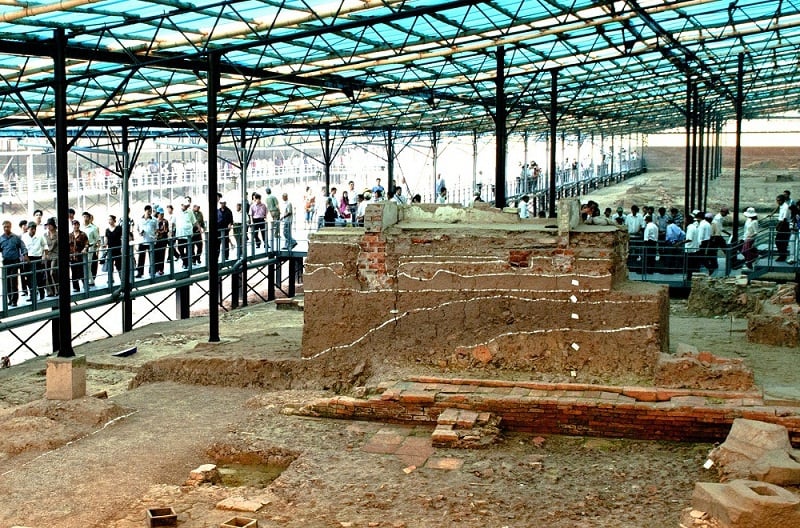
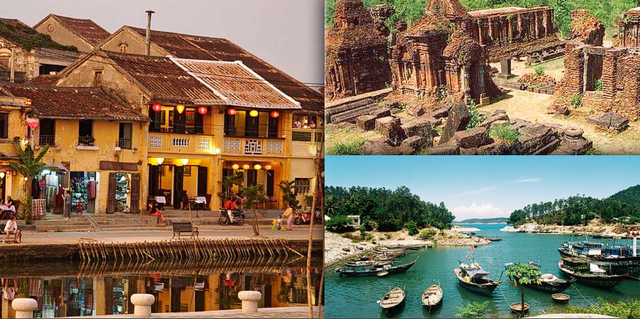
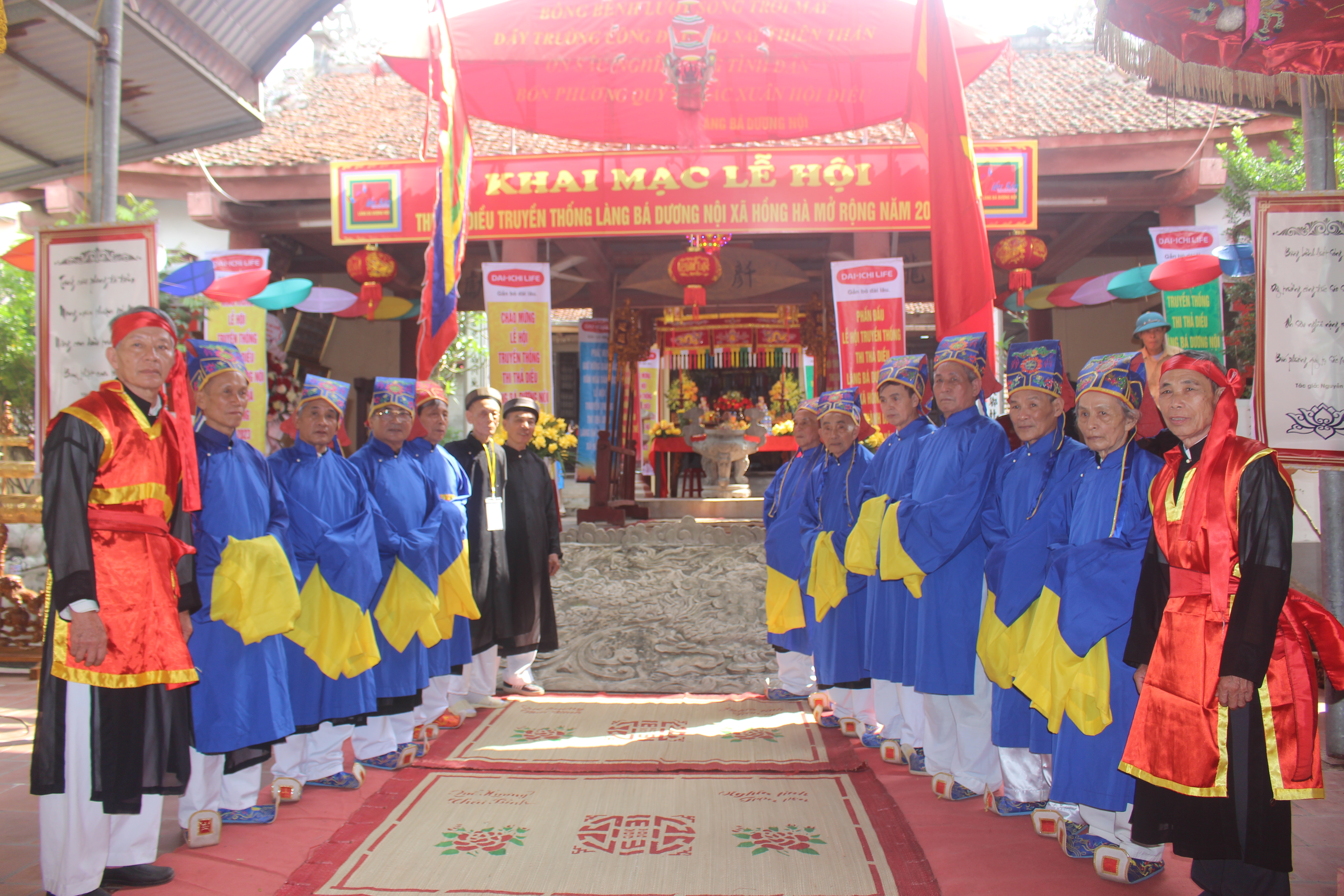
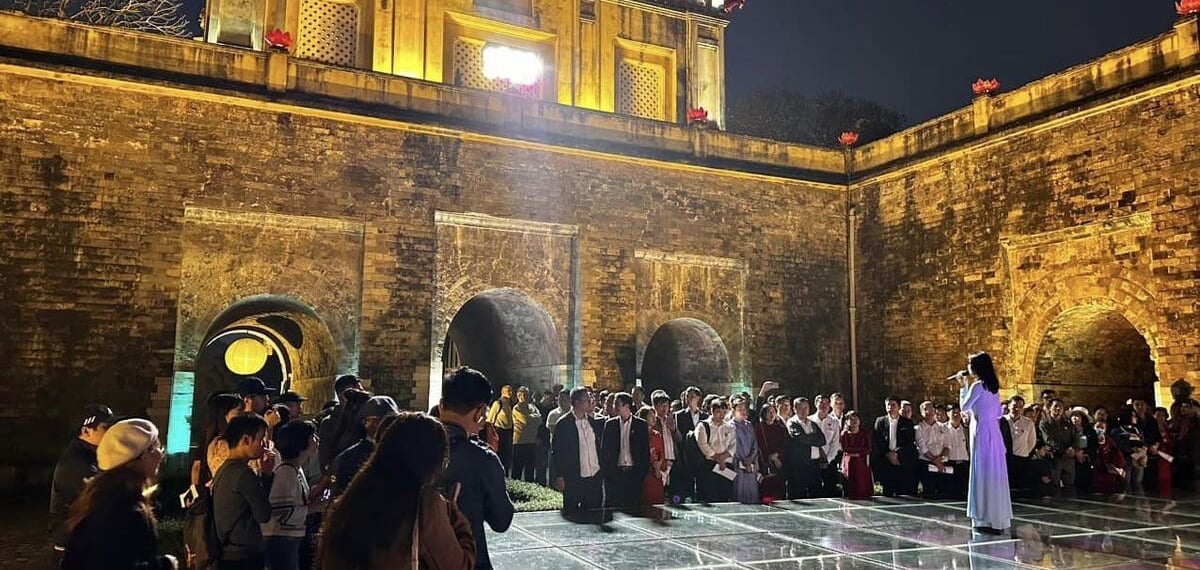
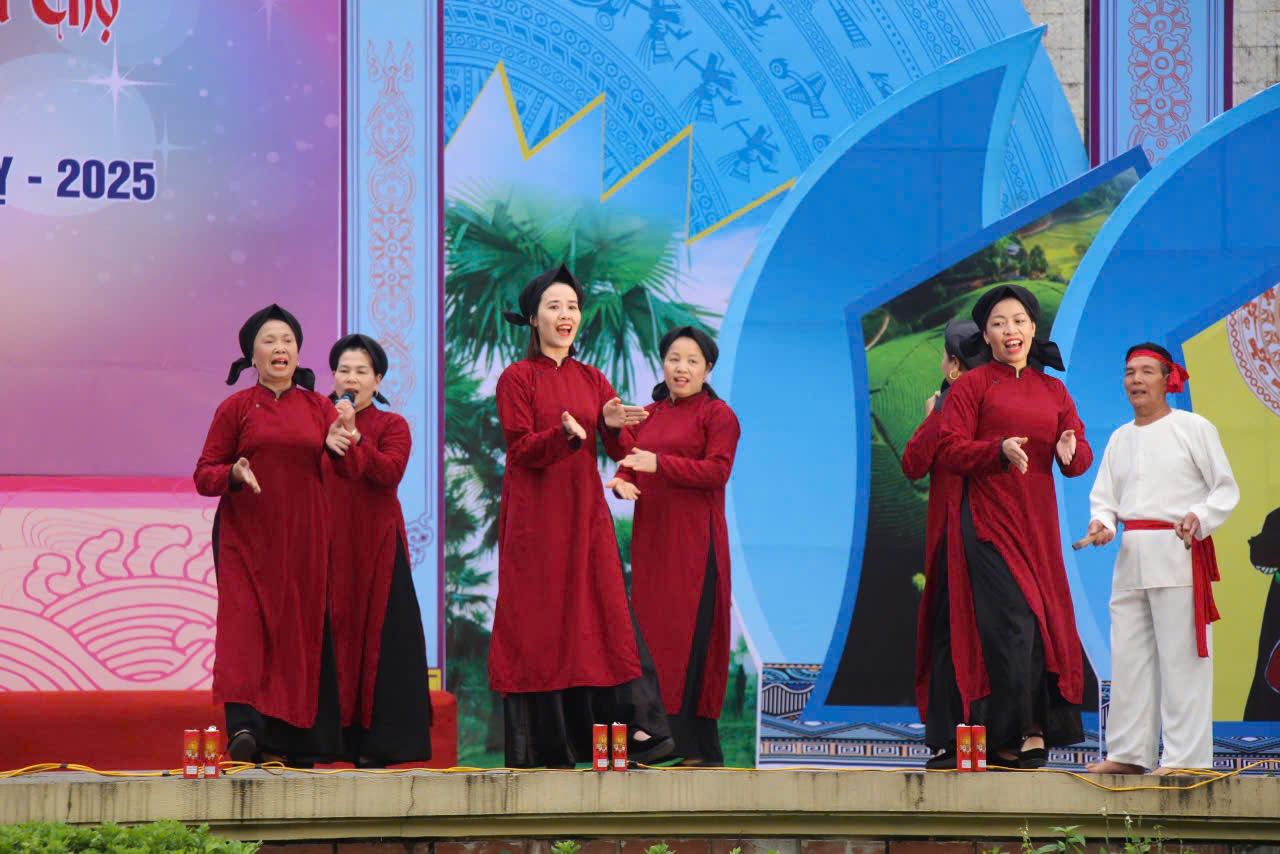



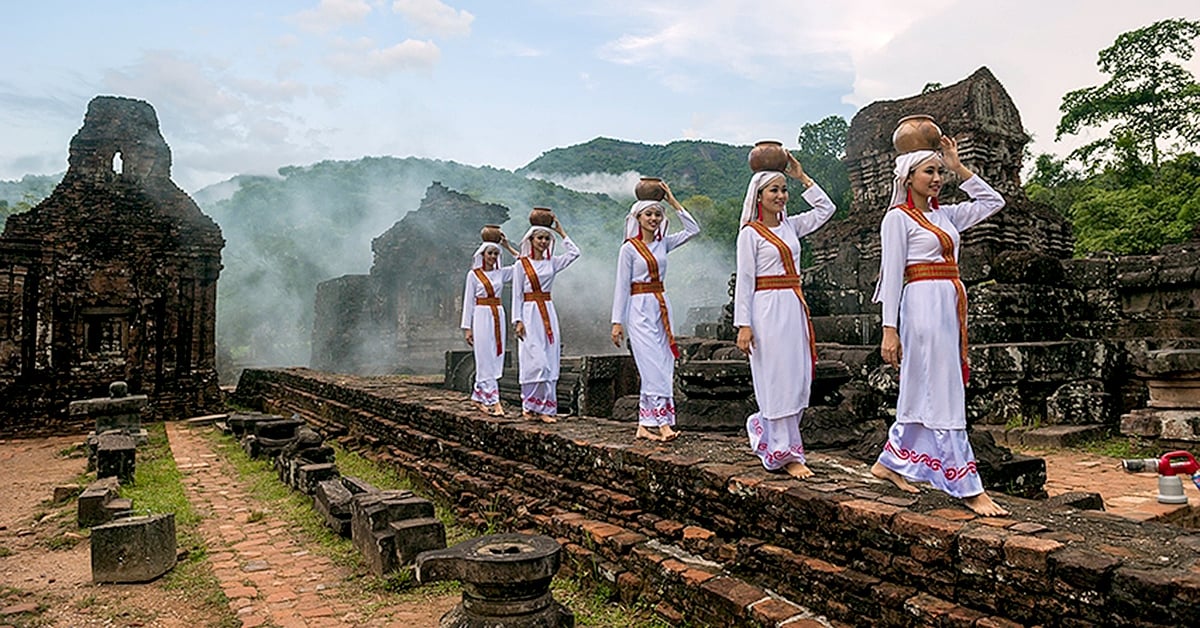





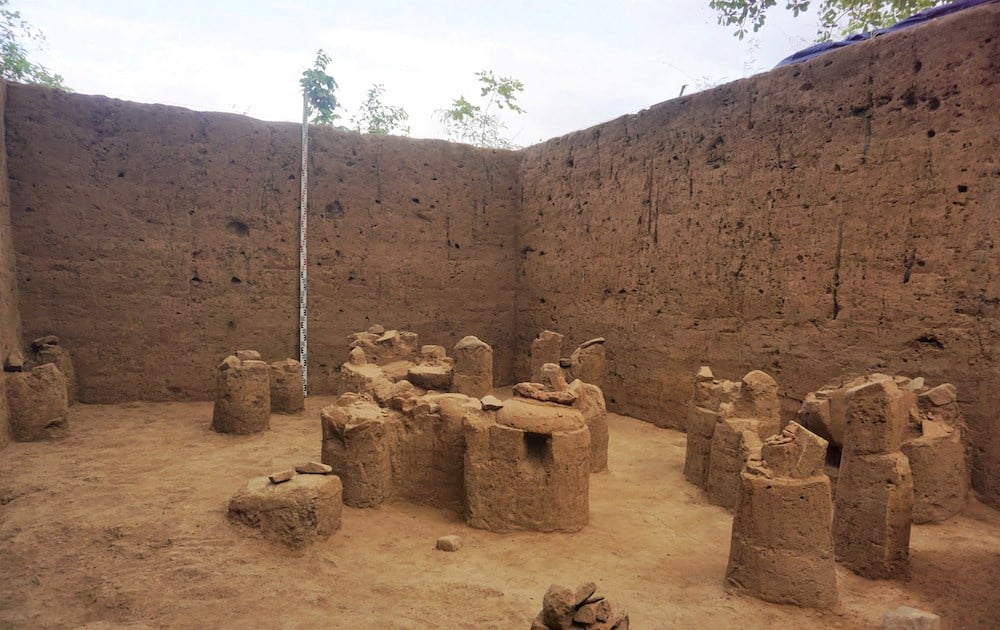
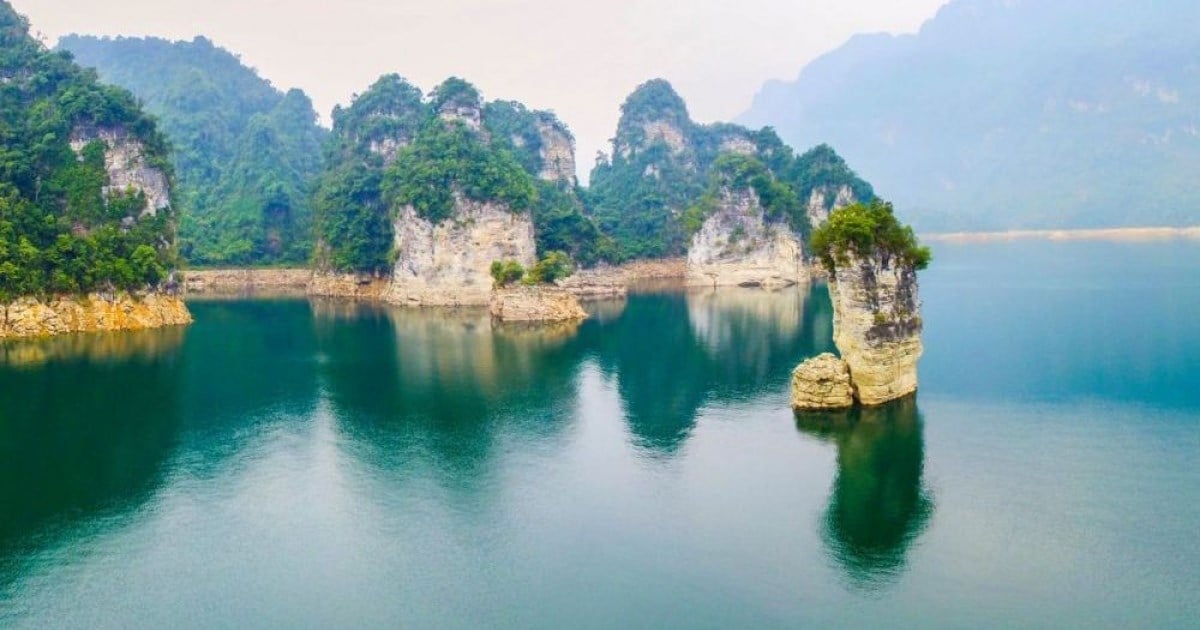


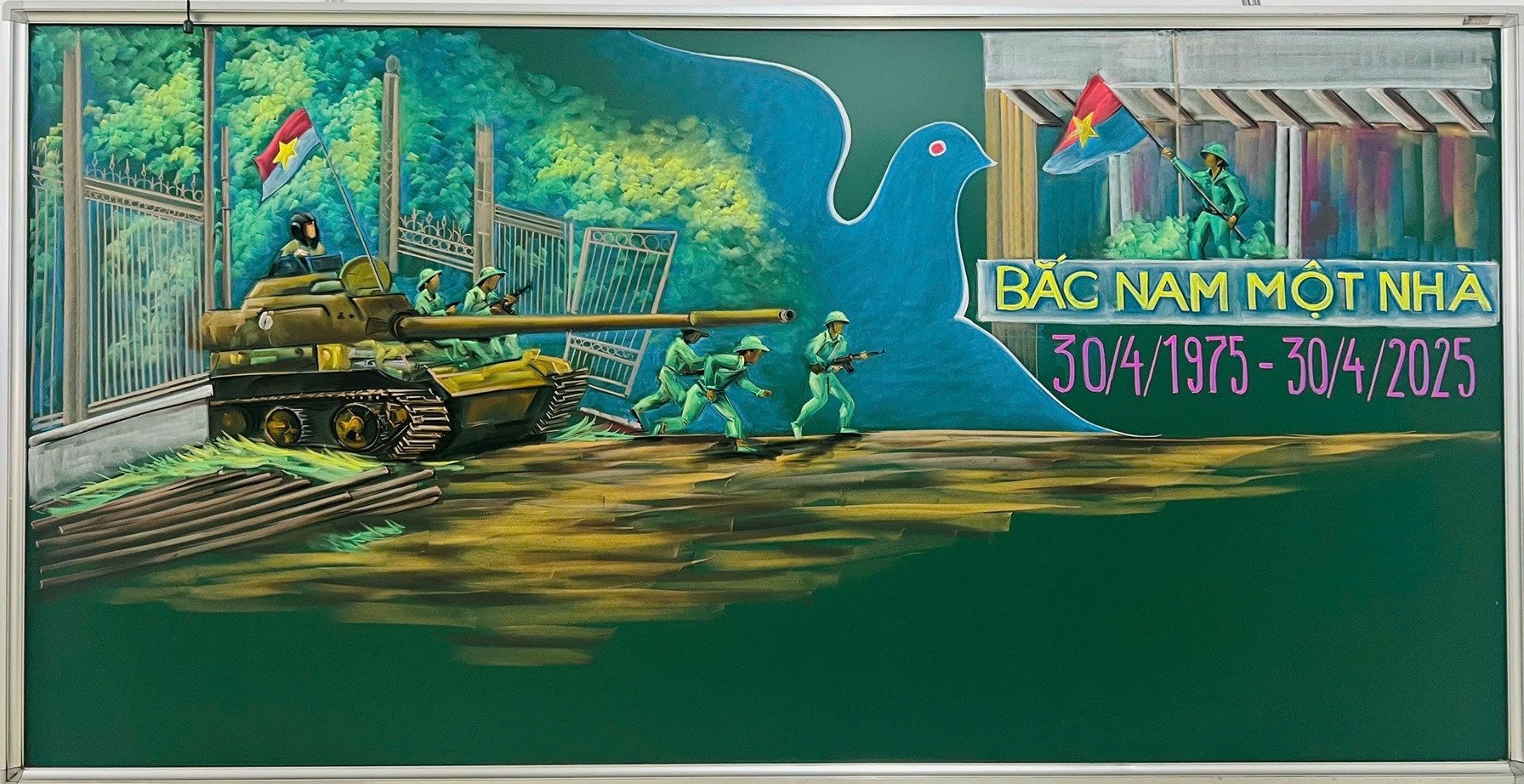




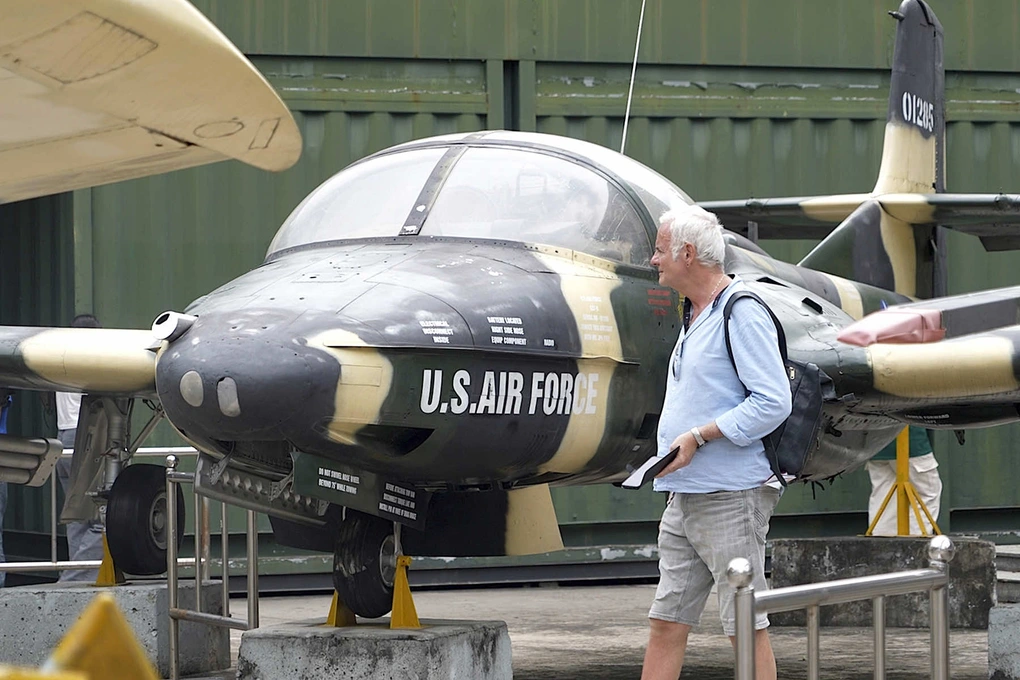


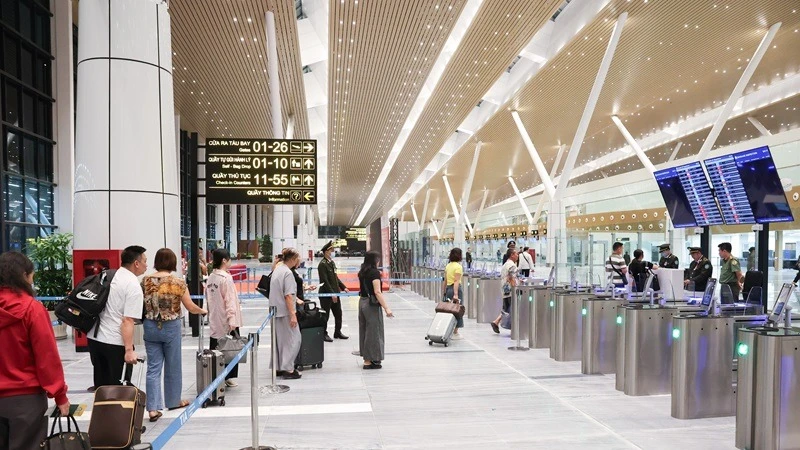

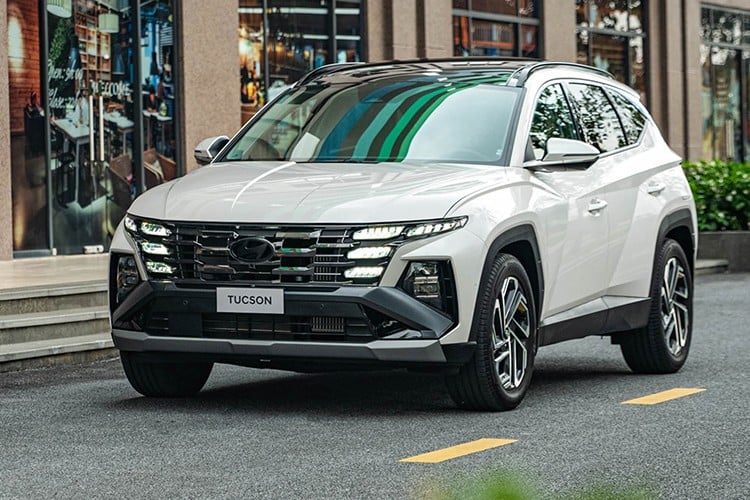

![[Video] Viettel officially puts into operation the largest submarine optical cable line in Vietnam](https://vstatic.vietnam.vn/vietnam/resource/IMAGE/2025/4/17/f19008c6010c4a538cc422cb791ca0a1)
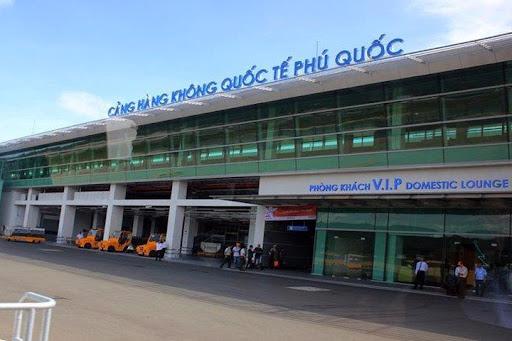



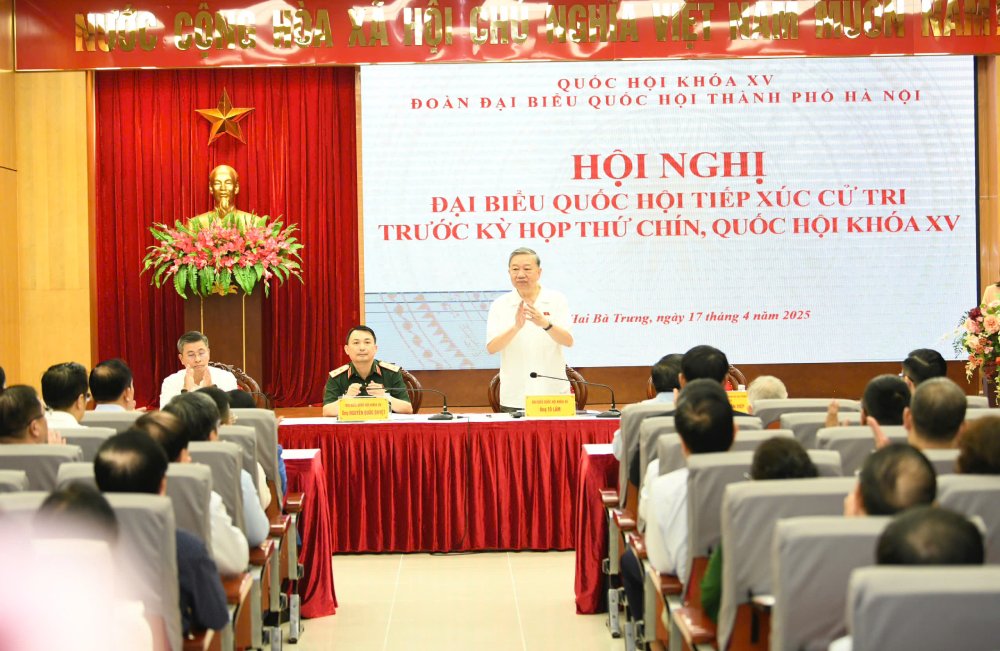

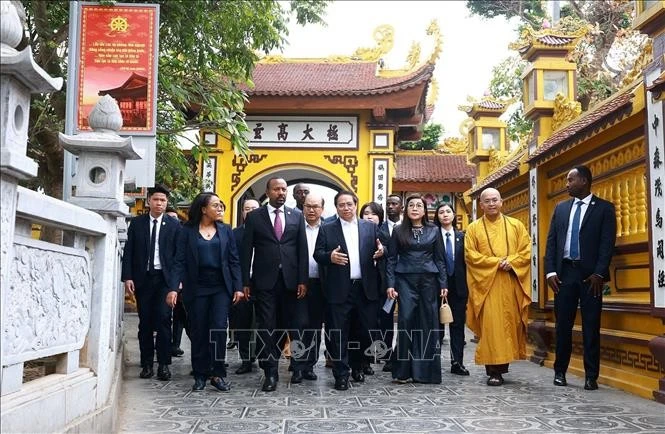

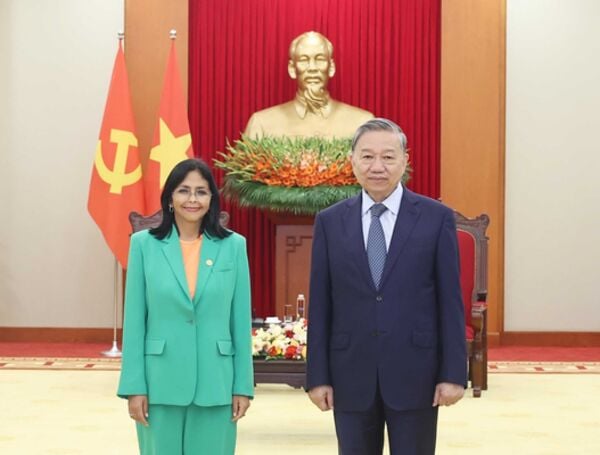
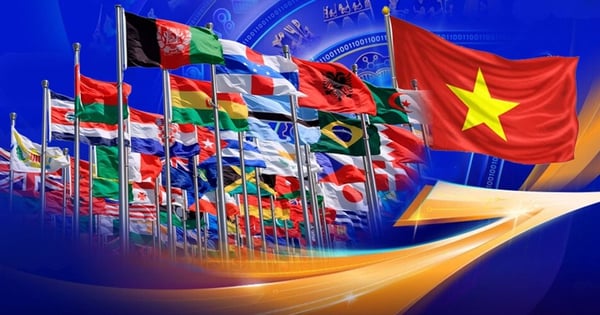
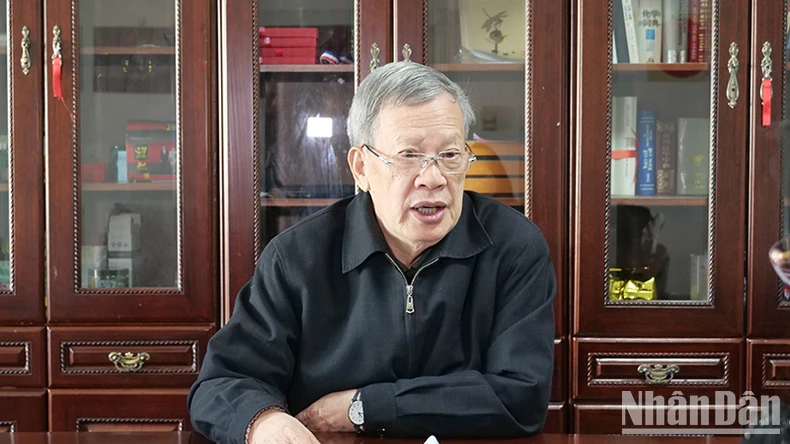


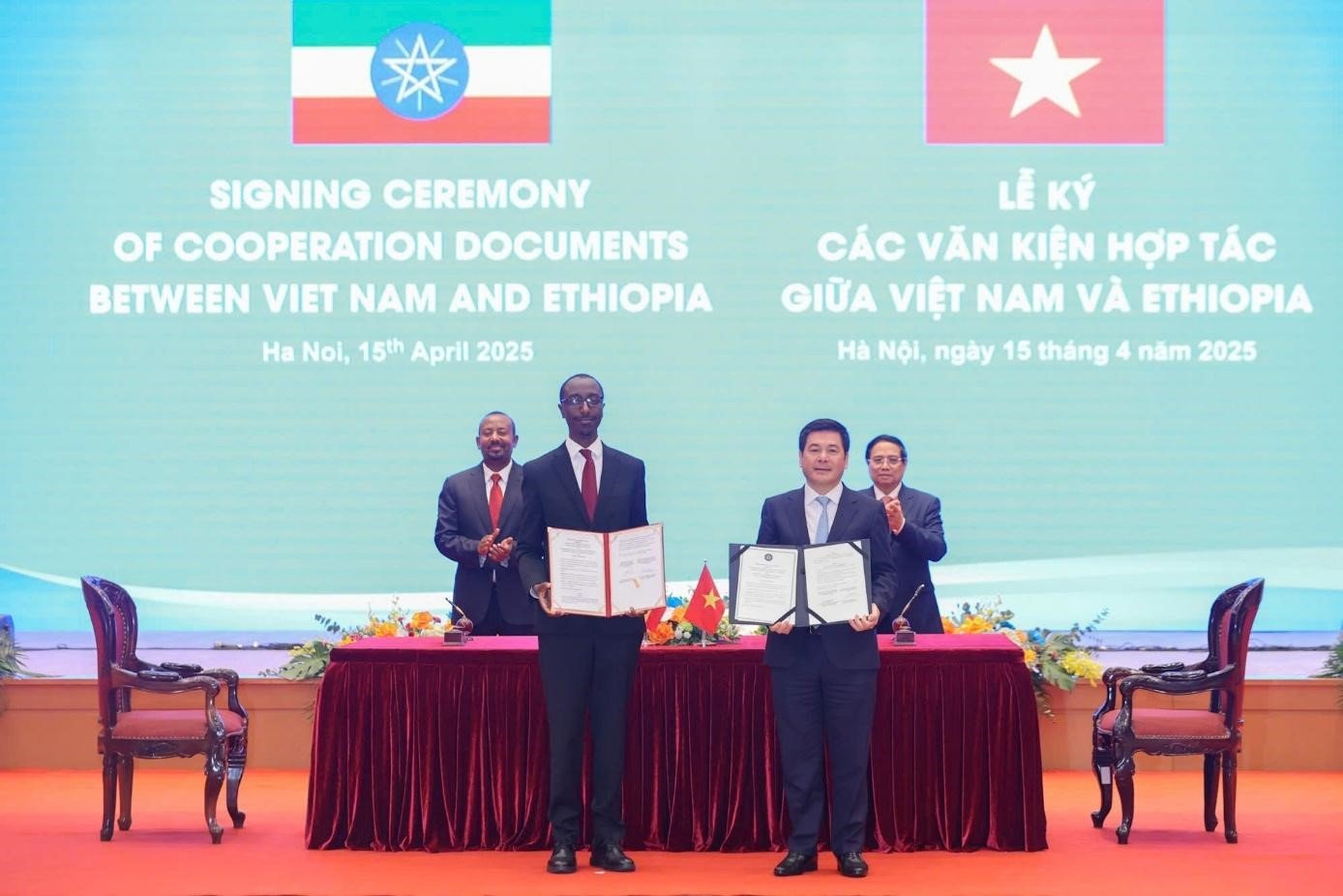

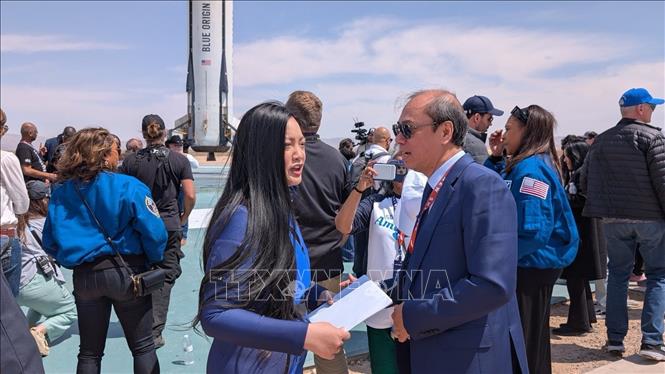



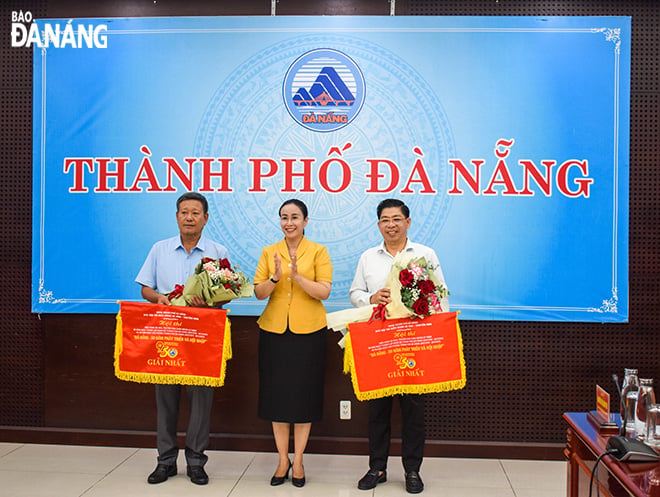

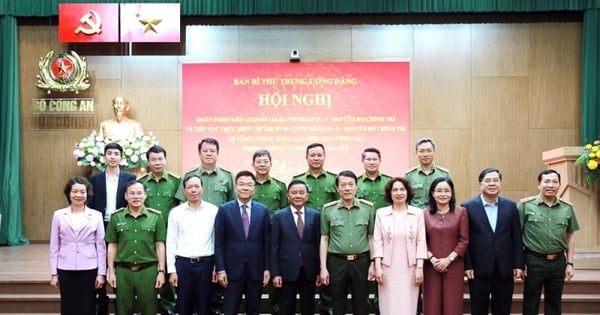
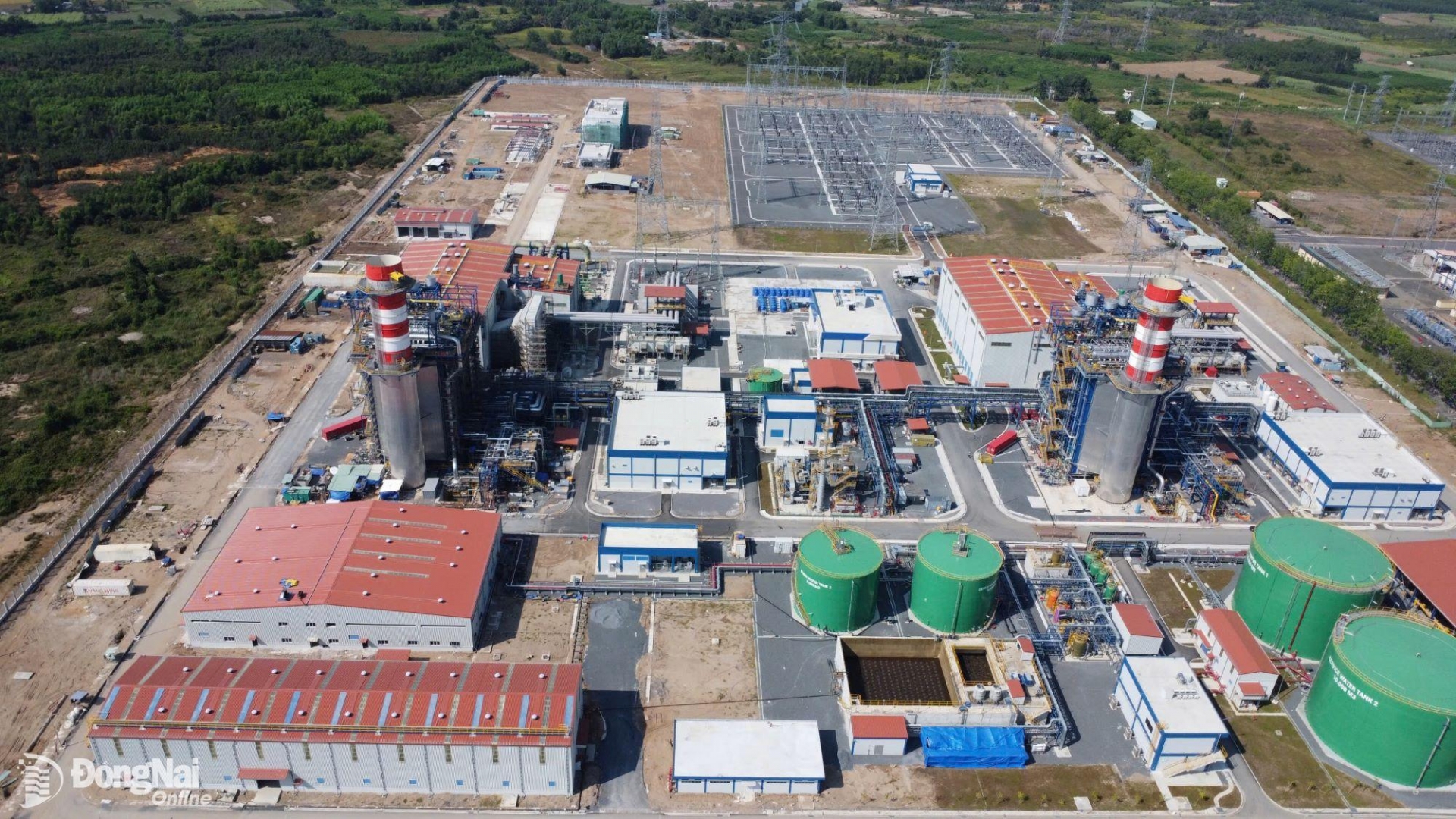


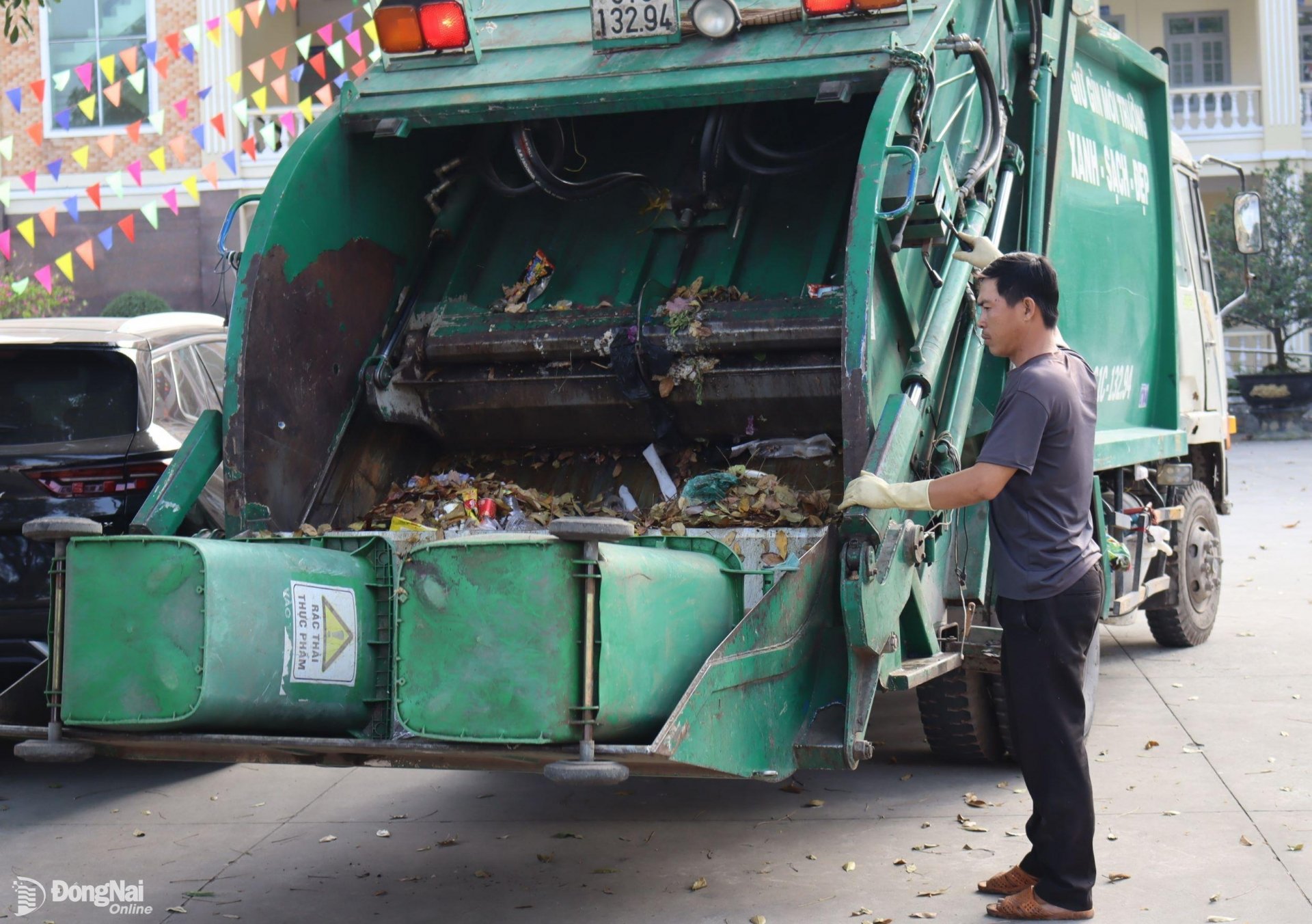
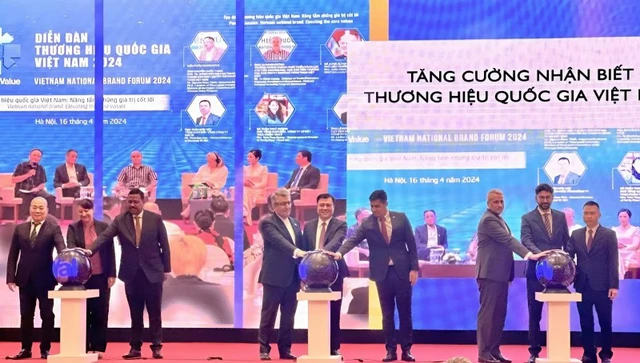

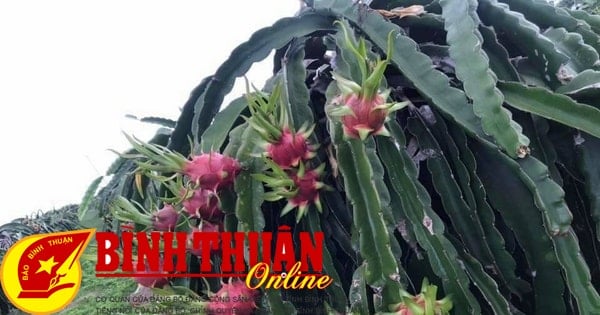

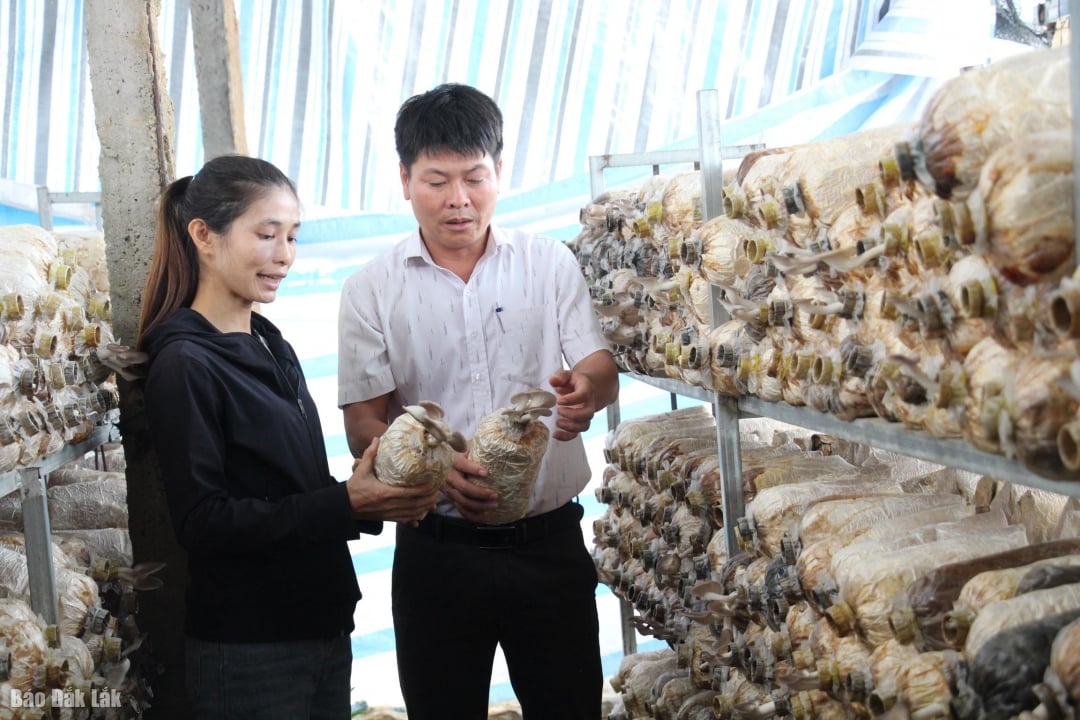

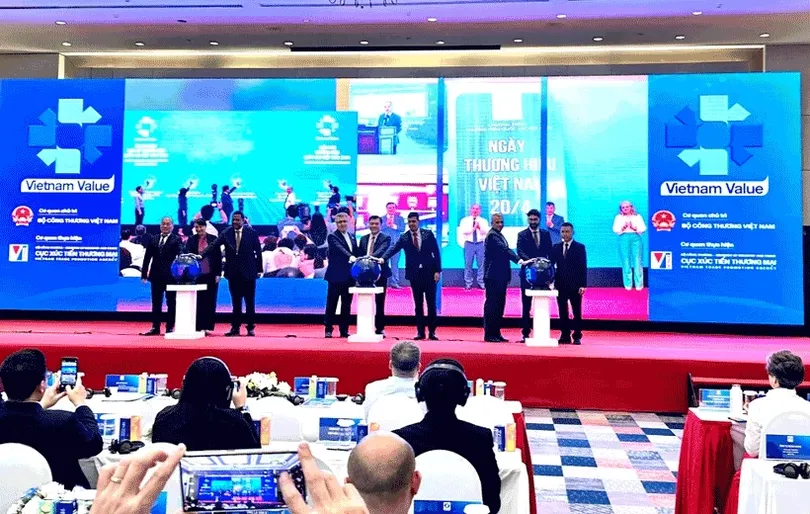



Comment (0)